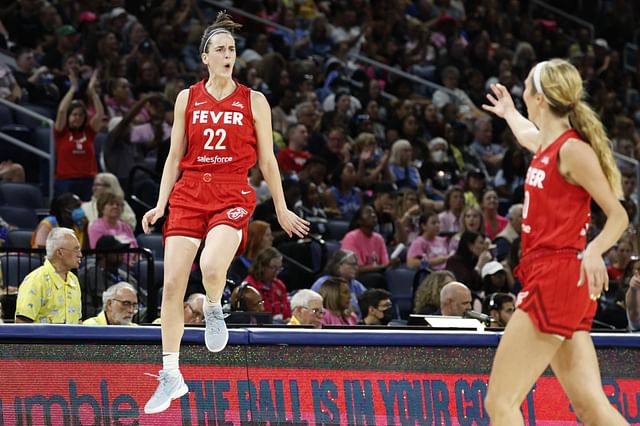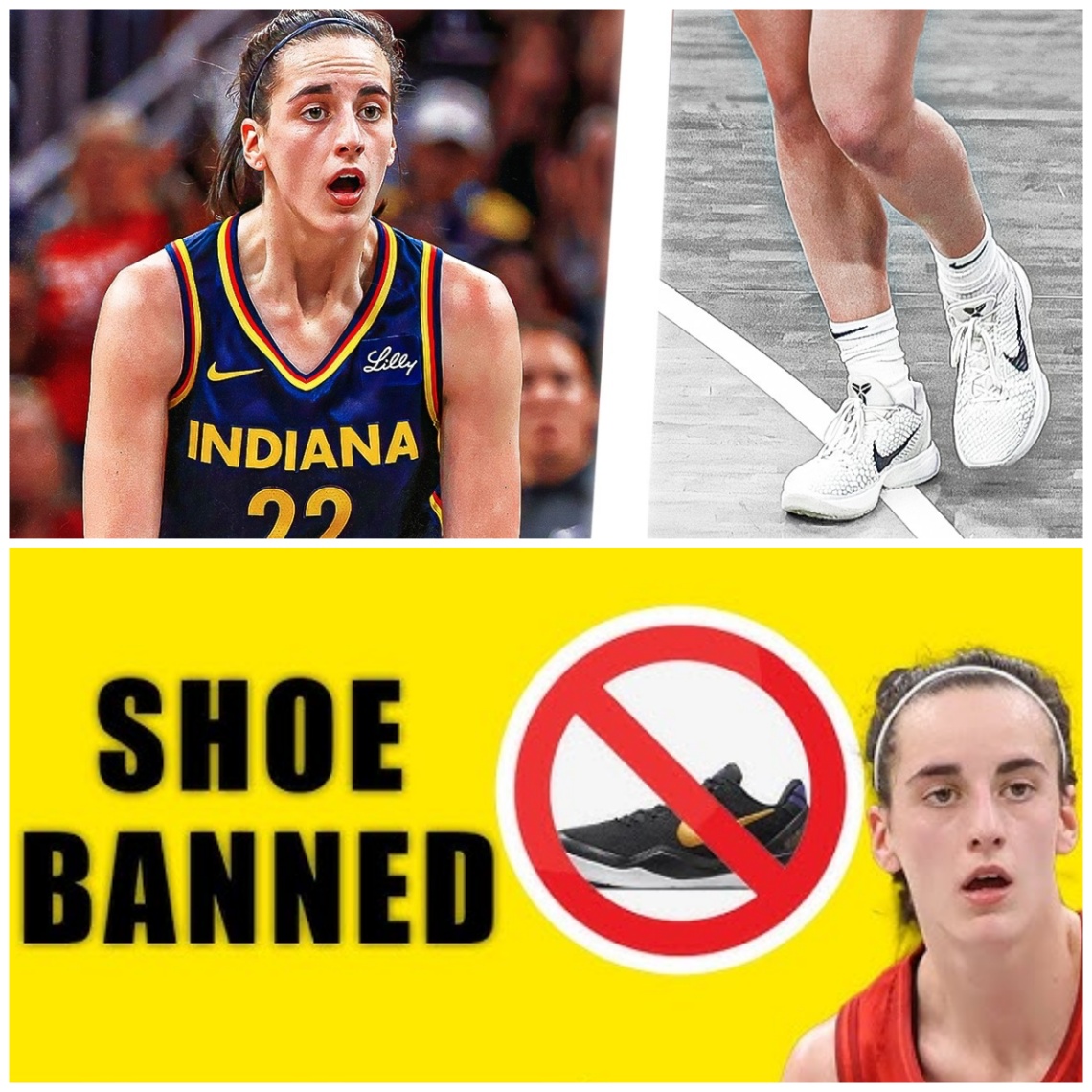In April of this year, Nike signed a monumental deal with Caitlin Clark, the rising star of the WNBA and a potential generational athlete. The eight-year contract, valued at up to $28 million, promised big things for both Clark and the sportswear giant. With Clark unanimously winning WNBA Rookie of the Year and breaking records along the way, many expected a signature shoe to follow swiftly. Yet, despite her meteoric rise, Nike has yet to release any plans for a Caitlin Clark shoe—leaving fans and industry insiders scratching their heads.

The Delay and the Official Reason
Nike, known for quickly launching signature lines for their top-tier athletes, has offered an explanation for the delay in Clark’s shoe: the intricate design process requires more time. They claim that crafting her shoe demands careful collaboration between Clark and the Nike team, with a tentative release date in 2026 or 2027.
But this reasoning has raised eyebrows. After all, in 2003, Nike had already designed LeBron James’ debut shoe while he was still in high school. They used code names and covert plans to ensure secrecy, ensuring the Air Zoom Generation was ready for his NBA debut. So why the long delay for Clark? What’s holding Nike back?

Backlash and Social Media Controversy
According to prominent sports writer Ethan Strauss, the answer may not be as simple as Nike’s official statement suggests. Strauss, citing well-placed sources, believes that the delay might be linked to internal dynamics and the backlash surrounding Clark’s rise. When news of Clark’s Nike deal broke, social media was abuzz with criticism, with some arguing that Asia Wilson, a two-time WNBA MVP and another Nike athlete, deserved a signature shoe before Clark. After all, Wilson had paid her dues in the league, while Clark had yet to play a WNBA game.
This sentiment fueled controversy, with critics accusing Nike of favoring Clark for her marketability rather than her on-court achievements. Some argued that race played a role in the decision, as the only WNBA players with signature shoes at the time were white, prompting debate over equity in women’s basketball.
The Power Dynamics at Nike
With this context, it’s possible that Nike is being cautious, balancing the need to keep their star athletes happy. Asia Wilson, a high-profile figure in the WNBA, may not have openly protested Clark’s deal, but her influence within Nike could be significant. Wilson’s signature shoe is now slated for release in 2025, years after she began working with the brand in 2013. Some believe Nike is holding off on Clark’s shoe to avoid exacerbating tensions among their top athletes.
Nike’s decision may also reflect a broader struggle to manage competing interests in the WNBA. As Clark’s popularity exploded in college, her marketability became undeniable. She garnered twice the recognition of Angel Reese, the second-most popular player, and four times that of the top male college player at the time. But as she transitioned to the pros, the weight of expectation—and controversy—grew.

A Missed Opportunity?
For many, Nike’s hesitancy to push forward with a Caitlin Clark shoe seems like a missed business opportunity. Clark’s games averaged over a million viewers on TV, while most WNBA games draw around 300,000. Tickets for her playoff games sold for more than those of the rest of the WNBA combined, and her impact has been undeniable, with the Washington Mystics even moving to a larger venue to accommodate the fan demand when facing Clark’s Indiana Fever.
Despite this, Nike remains silent on any signature shoe for Clark, raising questions about whether the brand is prioritizing social dynamics over pure market potential. After all, in the past, brands didn’t hesitate to back players like Allen Iverson, whose marketability transcended fairness debates in the NBA.
Looking Ahead
As the debate continues, it’s clear that Clark’s star power remains untapped by Nike’s signature shoe strategy. While she continues to break records on the court, the sports world is left wondering when—or if—Nike will capitalize on the billion-dollar potential she represents.
In the meantime, the sports industry is watching closely as Nike grapples with internal pressures, market forces, and its athletes’ competing needs. One thing is clear: whatever Nike’s reasons for delaying Clark’s shoe, they’re walking a fine line, one that could shape the future of women’s basketball for years to come.
